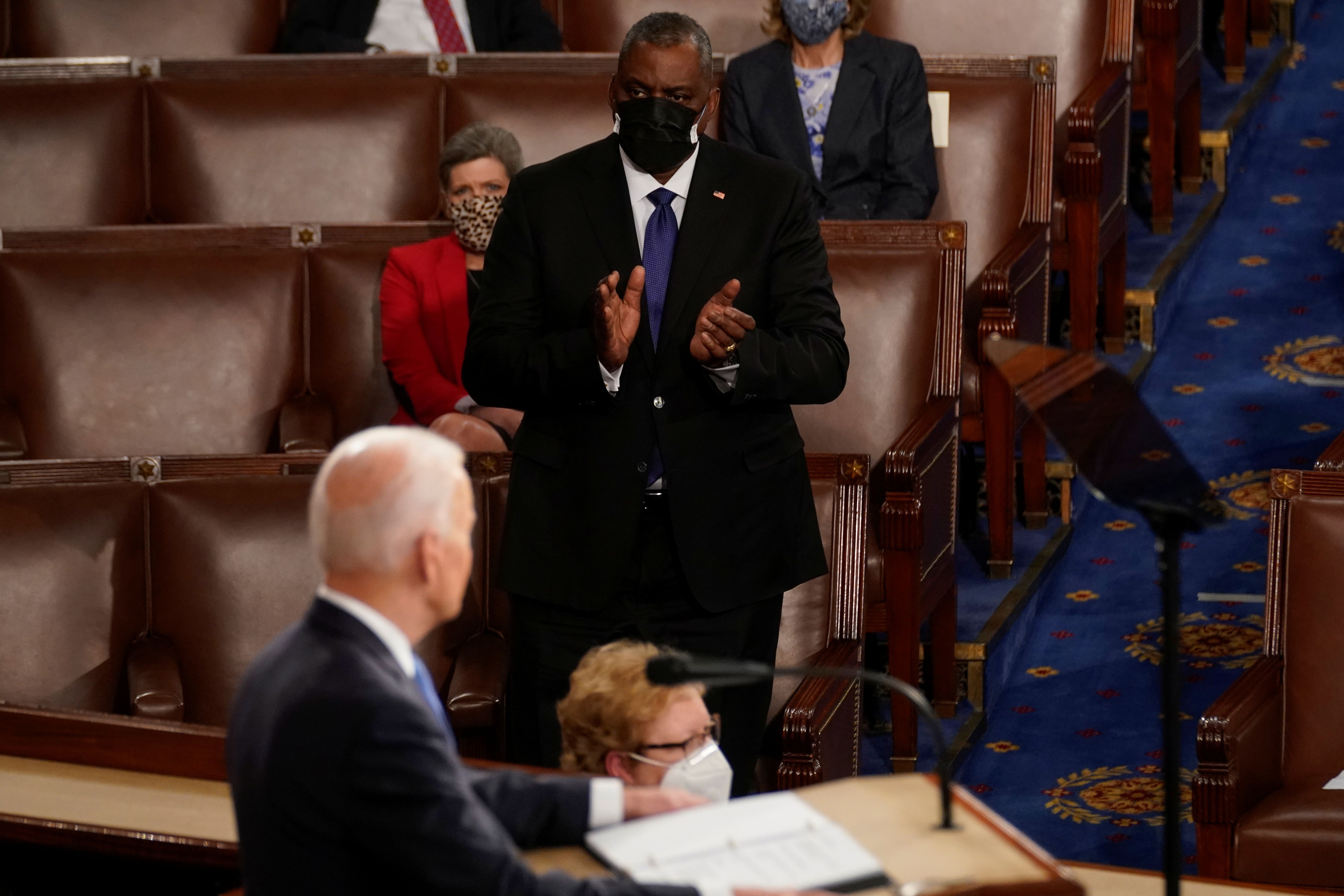The U.S. 2022 Defence Budget Request

What are the main themes of Biden’s proposal?
The budget request prioritises capabilities most useful for potential conflict in the Indo-Pacific. It calls for an increase in the budgets of the U.S. Air Force and Space Force (nominally by 4.2%, to around $213 billion) and Navy and Marine Corps (by 2.2%, to around $212 billion). In turn, the budget for the U.S. Army is to be cut, although not drastically (by some 1%, to almost $173 billion). The proposal boosts funding of research and development of new weapons and equipment (by 5%, to $112 billion), including the utilisation of emerging technologies, such as artificial intelligence. On the other hand, the request limits current procurement (by 6%, to $134 billion, including buys of F-35 fighters and modernised tanks) and accelerates the withdrawal of more than 200 aircraft (including F-15, F-16, F/A-18, A-10 fighters, older surveillance drones) and 15 ships from service. The size of the armed forces is to decrease slightly by around 5,000 troops in active service (from 1.351 million to around 1.346 million).
How does the budget compare to Trump administration defence policies?
U.S. defence spending rose during the Trump presidency but the increases came to a halt at the end of his term. For 2022, the Trump administration planned a defence budget just 1% higher than Biden’s proposal, while in 2020-2021 it increased research and development funding while asking for quicker withdrawal of some aircraft and ships. In line with Biden’s declarations from the presidential campaign, his request deepens these trends. It also confirms the Trump administration’s intention near the end of his presidency to cut land forces from 486,000 to 485,000 troops in active service. On the other hand, Trump had more ambitious plans for shipbuilding, planning a purchase of 12 ships in 2022, 50% more than in his earlier proposal for 2021 or in Biden’s request. The new administration asks to fully fund the further modernisation of U.S. nuclear forces, although a number of Democrats—including Biden as a candidate—questioned the necessity and financial feasibility of some elements of this programme.
What does Biden’s proposal say about U.S. military engagement in Europe?
The budget request does not suggest a reduction in U.S. military presence in Europe, although it cuts the European Deterrence Initiative (EDI), which finances most of the rotational deployments. EDI funds are to drop from $4.5 billion to $3.7 billion (at its peak, they amounted to $6.5 billion in 2019). The proposal broadly justifies the reduction—as in previous years—mainly with progress in multiyear, one-time investments in infrastructure improvements and prepositioning of equipment. In 2022, financing of exercises entailing the deployment of reinforcements to Europe, but also to Indo-Pacific, is to decrease in favour of exercises on U.S territory. But from 2023 on, large exercises of that type are to again take place each year in one of the two regions, starting with Indo-Pacific. At the same time, the budget proposal signals the possibility of the deployment of intermediate-range missiles (currently under development) in Europe at a later stage, while the creation of a Germany-based headquarters coordinating such capabilities was announced in April.
What has Biden’s proposal been criticised in Congress?
Many Republicans finds the proposed defence spending level to be too low, calling for real-term growth of 3-5%. Meanwhile, the progressive wing of the Democrats wants a reduction by at least 10% and to spend these funds on non-military purposes. In recent years, Congress frequently resisted cuts in the size of the armed forces and procurement of equipment. An especially important issue in discussions about Biden’s defence budget request could be the financing of shipbuilding, which is seen as insufficient even to some Democrats. Several Republicans also criticised the proposed funding of the Pacific Deterrence Initiative (PDI), the Asian counterpart of EDI, even though it is to grow from $2.2 billion to $5.1 billion. This is because these funds are to be spent mostly on purchases and development of arms and equipment, whereas earlier concepts of the PDI discussed in Congress assumed bigger investments in strengthening the presence and logistics of U.S. forces in the region similar to the EDI.
What could be the implications for NATO and Poland?
While the 2022 defence budget requests reflects the growing U.S. focus on competition with China, it does so in a relatively balanced manner from a NATO perspective. The Biden administration had limited time to change the plans developed under Trump, and its full and longer-term assumptions of defence policy will be clearer in the coming months, following the conclusion of several reviews (including on global military presence and nuclear forces) and work on a new strategy. It cannot be excluded that these further developments will bring changes to the size of the U.S. military presence in Europe or its form (e.g., increase of rotational units at the expense of permanent stationing or greater reliance on shorter-term deployments). Much deeper cuts in the budget and size of the land forces are also possible. In any case, the U.S. will continue to press for greater investment of European allies in their own security.


